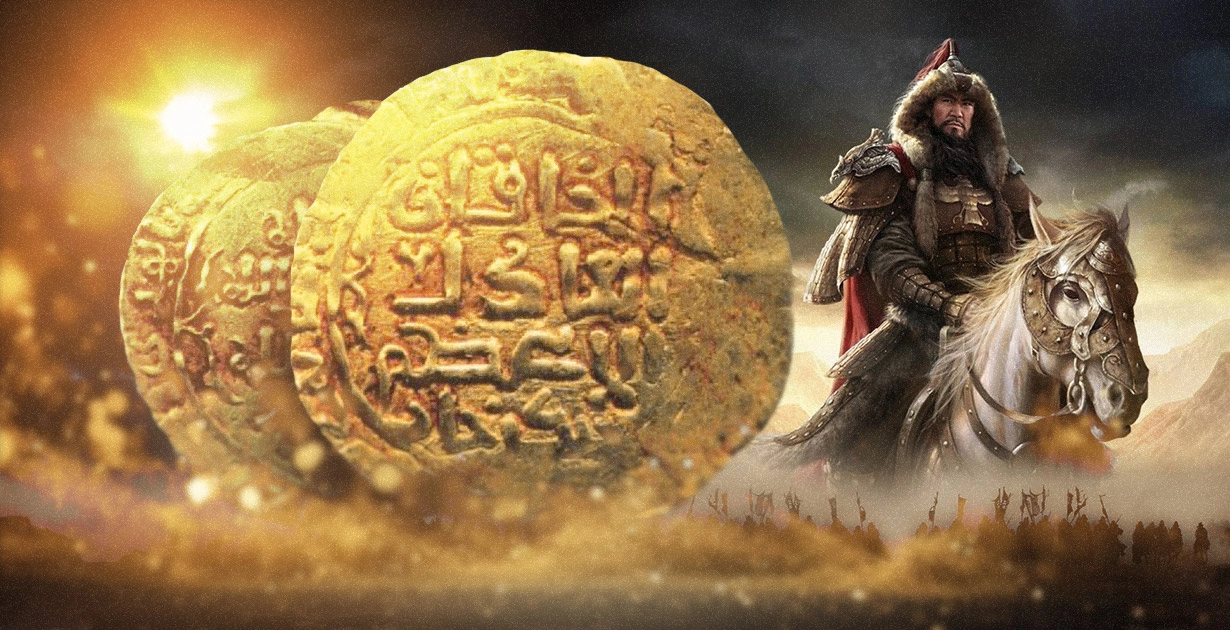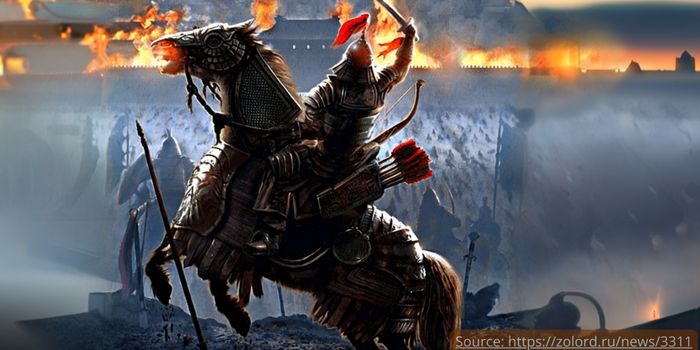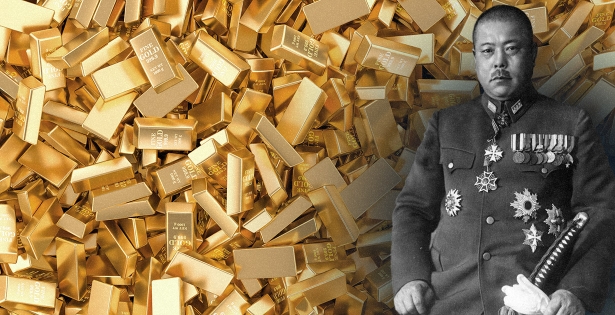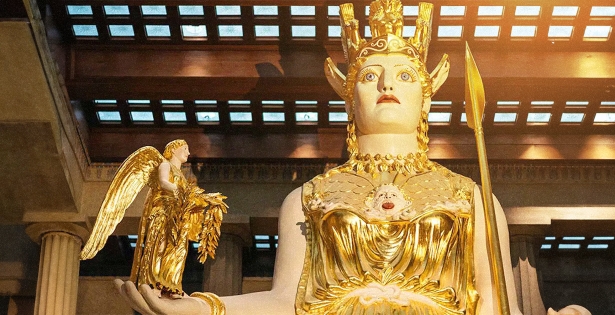
Genghis Khan’s gold: myth or reality?
For centuries, historians and treasure hunters have been striving to find the burial place of the most famous conqueror in history — Genghis Khan. The Great Khan, as it is known, created a huge and powerful empire, which covered a significant part of the world. During his reign, the wealth of the Golden Horde amounted to no less than 500 tons of gold and 3 thousand tons of silver.

It is believed that before his last military expedition the great conqueror ordered to melt down the jewels into ingots and hide them in seven wells. Only a gold nugget weighing 78 kilograms, saddles, chain mail, helmet, armor and throne made of the precious metal and belonging to Genghis Khan remained untouched.
The warriors who hid the commander’s treasures were executed. Executioners “followed” them. Allegedly, this was done in order to avoid the spread of information about the treasures.

Interesting fact: Time magazine conducted a study compiling a list of the ten most influential and wealthiest people of all times and nations. The authors compared the financial status of famous personalities, taking into account the time period in which they lived. It turned out that Bill Gates, who is considered to be one of the wealthiest people of those living today, only slightly surpassed Genghis Khan.

It is not known whether it is a legend or not: to find out, historians have been gathering information about the possible location of “Genghis Khan’s wells” for hundreds of years. As a result, it was found that four of them are located in modern-day Kazakhstan, and three — in Russia.
In addition, in the works of German historian Gerhard Miller there is information about three unusual fortified points in Transbaikalia. Small settlements in that area were surrounded by high stone walls, destroyed during campaigns of Great Khan. It is assumed that these are the places where the gold was melted down.
The treasure hunt began 100-200 years after Genghis Khan’s death. European missionaries began to reach into China, Mongolia and Siberia. The hoard and the grave of Khan were searched for throughout the entire territory of the Golden Horde — from the Yellow Sea to the Volga River, from Iran to the middle course of the Siberian river Lena. However, so far it has been possible to find only weapons and coins, which Genghis Khan ordered to mint from gold in his last years of reign. One such coin weighs just over three grams and is valued at about 3 thousand dollars.

As a result of futile searches, researchers began to doubt the existence of the Great Khan’s treasures. Many scientists have discovered evidence from which it can be concluded: it is all just a fiction.
Many legends also spread around the death of the great conqueror. According to the will of the commander, no one should have known about the place of his burial. It is known from the chronicles that Genghis Khan’s body was put in a gilded coffin.
In 2001, Japanese scientists discovered the foundations of a structure that could have been the mausoleum of the Great Khan. A credence and Chinese incense burners were found nearby, which indicated that there should be a tomb in the same area. But the search was again unsuccessful.
Archaeologists were much more fortunate with another unusual find of that era. We are referring to Altyn Adam, which means “Golden Man” in Kazakh. And it’s hard to argue with that! There are 150 gold plates on his headdress alone. You can learn more interesting facts about this find by reading the article:
Altyn Adam: 3 facts about the “Golden Man”





